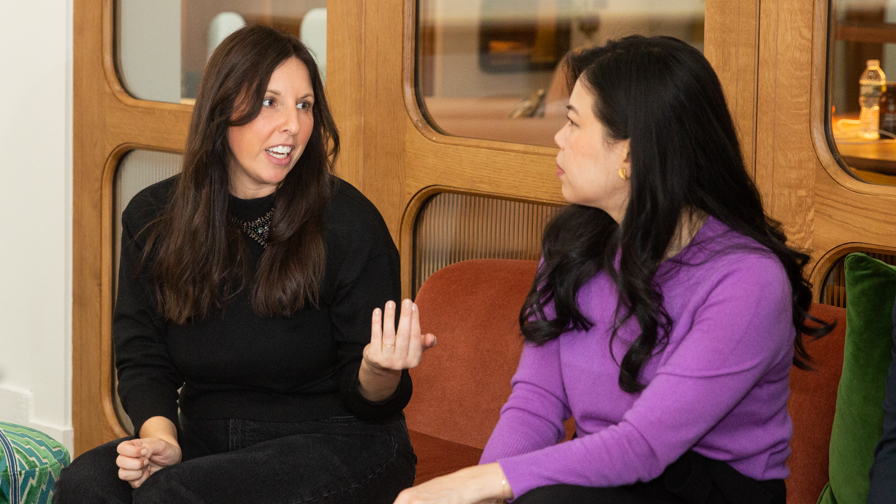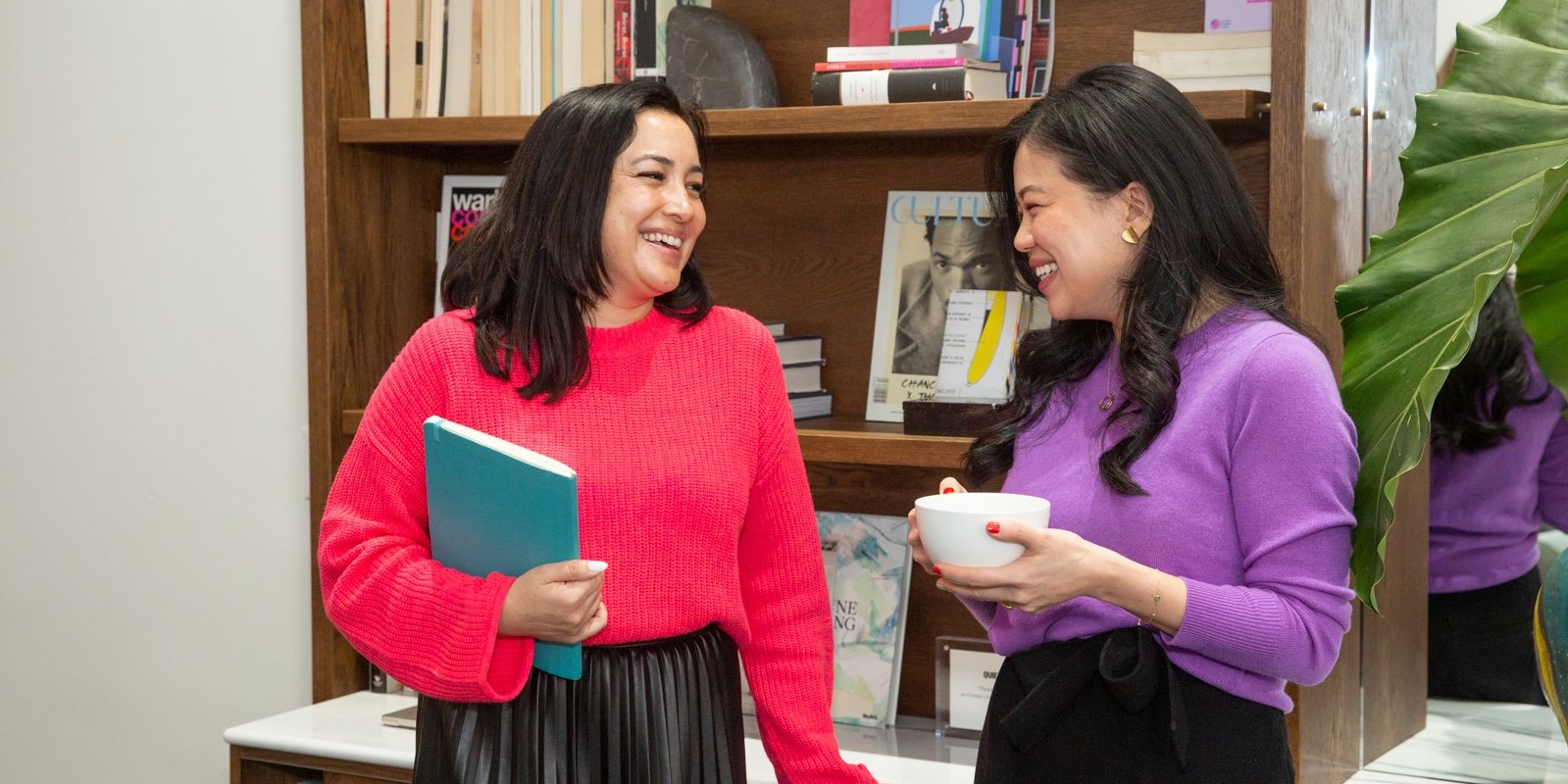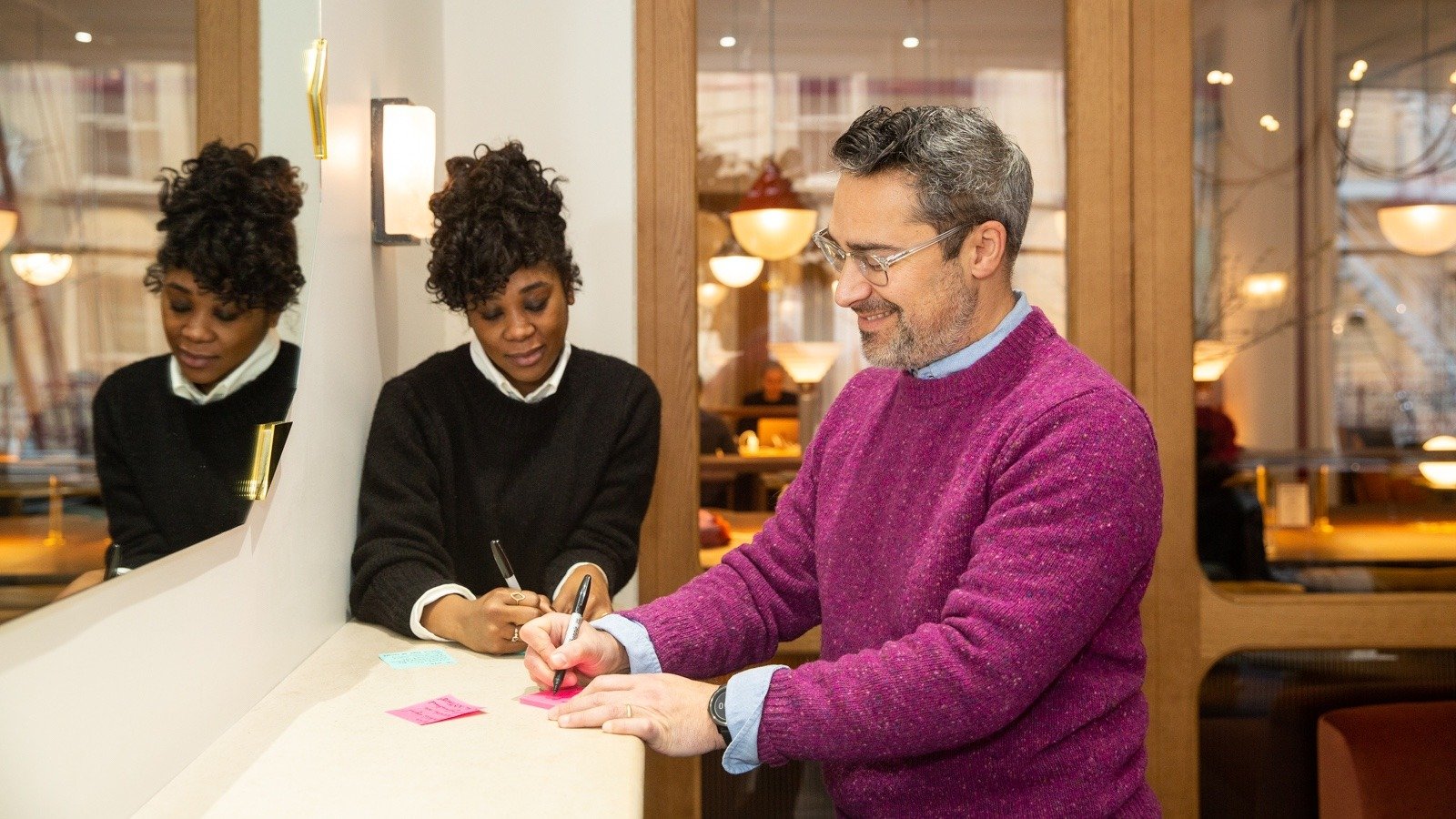Published July 27, 2023 | Updated May 20, 2024 | 5 minute read
When ChatGPT burst onto the scene, many of us automatically categorized it as a new form of technology. We used robot emojis 🤖 and made jokes (were they jokes? 😬) about the rise of the machines.
But artificial intelligence is far more than just another tech tool.
AI's capabilities are greater and more dynamic than any technology we’ve seen before, and its potential is virtually limitless.
Privately-owned cars revolutionized transportation, culture, and commerce worldwide – but no one ever believed a car had the ability to improve itself.
AI does.
AI is capable of refining and developing its own skill set. It can learn how to be better at its job. It has the capacity to be a creative partner, with supreme skills and significant limitations, like other coworkers.
Across industries, leaders are scrambling to harness the power of this paradigm-shifting new tool.
But the problem is right there in the mindset itself: Thinking of AI as a tool constrains its full potential before you even understand what it’s capable of.
Instead of your CTO or CIO, maybe the person in your organization who is already best equipped with the specialized skills to lead your AI integration is your CHRO.
Why? Because leaders need to start thinking of AI as talent, not tech.
Here are five ways AI is more HR than IT.
1. AI can learn and grow over time - just like human talent.
AI is a whole new kind of learner. There is virtually no limit to what it can learn, and how fast it can learn it. A traditional tech product can do a specific thing per its design, but AI can transform and repurpose its skills ad infinitum.
For this reason, we need to think of AI as a lifelong learner, just like human talent. When you bring AI into your workplace, you’re bringing in a dynamic new partner, ready to evolve and scale new heights alongside your team.
But to make the most of this, organizations need to invest in AI over the long term. They need to frame AI as a dynamic resource that requires development and training in order to adapt, improve, and create new value over time.
This is right in your CHRO’s wheelhouse. Building a talent development strategy is part of their core function, and they are uniquely positioned to identify and strategize AI’s potential to contribute across disciplines or teams.
2. AI excels at innovation and problem-solving – a CHRO’s dream.
AI is creative! It can help generate and iterate original ideas. It can solve problems in unexpected ways, deliver fresh insights, and generate solutions we never could have imagined.
Of course some would argue that AI’s creations are derivative, not original. But with AI’s ability to synthesize incomprehensible quantities of information, its capacity to contribute to original thinking within a team is indisputable.
In other words, AI is your team’s newest creative partner. Brace yourself for inexhaustible innovation - because AI’s creative energy is literally limitless. It will never get tired or run out of ideas.
Organizations need to be well positioned to maximize these creative capacities. Moreover, your human creatives need guidance and skills for how to collaborate with AI.
Your CHRO has the perfect skill set to lead this strategy. Matching emergent talent with long-range business goals is their specialty. No one is better equipped to design your AI-human teams and catalyze these complementary skills into fruitful creative partnerships.
3. AI can be retrained and reassigned for evolving business needs.
AI is inherently adaptive, meaning that it’s supremely equipped to adjust to changing business goals.
Plus it’s got an advantage over human talent: It will never get emotionally attached to a previous project or way of working.
With zero lost time, money or morale, AI can be instructed to stop doing this and start doing that instead. It can be infinitely reassigned in an instant.
This doesn’t make it better or worse than human talent - but it certainly could be complementary to human talent. Where a sudden pivot might cause humans to become frustrated or disoriented, AI can absorb and redirect without issue. AI could even support human talent in these moments, showcasing the solutions awaiting on the other side and helping accelerate the change.
Your CHRO is your primary specialist in talent allocation. They know how to build systems and strategies for retraining AI talent as business needs change, and how to pair AI and human talent together to develop your organization’s responsiveness to change.
4. Like human talent, AI brings unique skills and perspectives to the team.
It’s been well proven that diversity on human teams leads to sounder decisions and more innovative ideas. This makes logical sense - a diversity of lived experience within a team means decisions will be made within a diversity of thought processes and interpretations.
AI doesn’t “think” in the way that humans do. It has its own way of processing questions and sharing ideas, and the ability to synthesize information in quantities a human brain can’t possibly match.
AI can take on different perspectives – for example, it can represent the viewpoint of your most valuable customer in one moment, and a new customer segment you’re trying to reach in the next.
It can also generate content on multiple levels at the same time, tackling style, subject matter, character count, structure, syntax, culture, even meter and rhyme, all in one go. For a human, that’s simply not possible.
Suffice to say, AI has a unique perspective within your team. Your CHRO already knows how to position unique talents and skill sets in a way that enhances collaboration and enriches the team mosaic.
5. Working with AI requires ethical guardrails and accountability.
Before you hire a single employee, you have to have legal and ethical protections in place for their wellbeing. These policies exist to protect employees from exploitation and misconduct, and to guide employees in the behavioral expectations of your workplace.
AI similarly needs guidance, instruction, and limitations on its behavior. It’s capable of making choices and taking action, and thus requires ethical guardrails to keep it in check.
Humans collaborating with AI deserve similar ethical protection. AI has direct and indirect human impacts, both within your organization and beyond it. Many professionals fear that AI will take their jobs, and AI is already under scrutiny for its unfettered access and exploitation of human-generated intellectual property.
Your CHRO can guide your organization in devising the ethical codes and principles by which you engage with AI. They can forecast the human impacts that might not be obvious, and advise on ethical and compliance-related concerns.
Summary
AI is much more than a technological tool. It’s a unique new form of talent, and requires talent-based leadership to reach its full potential within your organization.
If you are looking for support, guidance and insight in how to integrate AI as a talent partner, please reach out. We would love to help you maximize the full potential of this supremely skilled new coworker.


.jpg)






